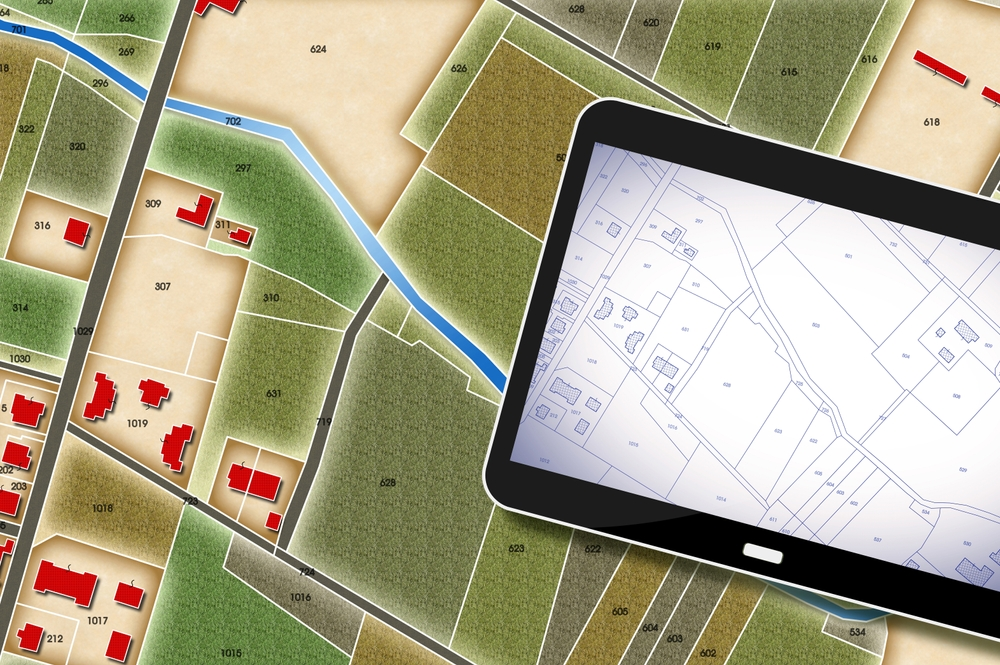How to Get Allodial Title to Your Property: A Complete Guide
- Nina Collins
- •
- 8 min read

How to Get Allodial Title to Your Property: A Complete Guide
How to Get Allodial Title? Acquiring an allodial title can provide you with the highest form of land ownership possible. If you’re a property owner interested in gaining full ownership of your land without government claims or interference, this article is essential.
We’ll break down the steps about how to get allodial title and explain why this process is valuable for those seeking sovereignty over their land. By the end of this guide, you’ll understand the legal process, necessary documents, and how to file for the allodial title.
Key Points
- Grants complete, sovereign land ownership without government claims or taxes.
- Fee simply involves taxes and regulations, and allodial title offers full control.
- A land patent is key to proving original ownership and is essential for claiming the allodial title.
- Requires land patents, title deeds, and clear ownership documentation for the process.
- The legal process involves requesting land patents, filing documents, and submitting declarations.
- Not all states offer allodial titles, so it’s important to check local property laws.
- Provides benefits such as exemption from property taxes, protection from government liens, and increased land security.
- The process can take several months and involves legal and administrative fees.
What Is Allodial Title and Why Is It Important?

- Complete Ownership and Sovereign Land Rights: Allodial title offers absolute control over your property, free from government obligations like taxes or liens.
- Exemption from Property Taxes and Local Regulations: Unlike fee simple ownership, allodial title holders are exempt from paying property taxes and following certain government regulations.
- Estate Planning and Asset Protection: Securing an allodial title can protect your land from future claims, making it ideal for long-term family ownership and estate planning.
- Complex but Valuable Process: While the process of obtaining an allodial title can be complicated, it is highly beneficial for those seeking full land sovereignty.
Understanding Allodial Title
How to Get Allodial Title? Allodial title is a form of land ownership that provides full land ownership without any obligation to a superior landlord or the state. In simpler terms, if you have an allodial title to your property, no authority can place a lien or claim on your land for taxes or debts.
This is in contrast to “fee simple” ownership, which is the most common form of property ownership in many countries today.
Allodial Title vs. Fee Simple Ownership
Fee simple ownership, while giving substantial control over the property, still involves obligations like property taxes, zoning regulations, and potential government claims.
On the other hand, allodial title places the landholder in the highest position of ownership, effectively giving them full land sovereignty. Allodial land ownership removes the state’s ability to seize or tax the land under normal circumstances.
History and Legal Background
The concept of allodial title dates back to early European feudal systems, where kings and rulers owned land outright and commoners were tenants. In some countries, allodial land ownership became more widespread as land passed from monarchies to citizens.
Today, allodial title exists in some form in limited jurisdictions, such as certain states in the U.S., including Nevada and Texas.
Steps to Get Allodial Title
How to Get Allodial Title
Obtaining an allodial title requires following a series of legal steps, starting with ensuring that you have clear, undisputed ownership of your land. Generally, this involves holding a freehold title or fee simple ownership, which serves as the basis for your claim to allodial status.
Land Patent: Key to Getting Allodial Title
A key part of acquiring an allodial title is securing the land patent for your property. A land patent is a legal document that transfers land ownership from the government to an individual or entity. This document establishes your full legal claim to the land, making it an essential step toward obtaining allodial status.
The land patent is the foundation upon which you can build a case for allodial title. By proving that you hold the land’s original patent, you may be able to assert that your ownership is free from government liens or claims.
Read Also: KP HR Connect Portal Access: Login, Payroll, and Employee Benefits Explained
How to Get Allodial Title? Filing for a Land Patent
Get Evidence of Your Right to the Land
Before filing for a land patent, it’s crucial to prove your legal right to the property. This typically involves gathering your title deed and ensuring that there are no outstanding claims, liens, or disputes on the land.
If your title is in fee simple, you already have the basis for proving ownership. Legal land ownership documentation, such as tax receipts and historical land transfers, can also help solidify your claim.
Land Description and Documentation
Next, you’ll need to provide a detailed legal description of your land. This description should match the one used in your property title deed, including boundaries, measurements, and other key identifiers.
Gathering all relevant documents is vital, as incomplete or inaccurate documentation can delay the process. Ensure that your property survey is up to date and that you have any necessary legal documents ready for filing.
How to Acquire a Copy of the Land Patent
How to Request a Copy of the Land Patent
To officially file for an allodial title, you must first obtain a copy of your land patent from the government. The process varies depending on the country or state in which you reside, but typically, you will need to contact the Bureau of Land Management (BLM) or a similar agency. These offices hold the original land patents and can provide certified copies upon request.
Where to File Land Patent Documents
Once you have your land patent in hand, you’ll need to file the documents with the appropriate government office. In the U.S., for example, this might include the county recorder’s office where the property is located or a state land office.
Filing the land patent is an essential part of proving your allodial claim, as it provides evidence that you hold the original ownership rights to the land.
Filling Out a Declaration for Allodial Title

Fill Out a Declaration of Acceptance of Land Patent
After acquiring and filing your land patent, the next step is to fill out a “Declaration of Acceptance.” This document states that you accept the land patent as the original and rightful owner of the property. It’s important to be precise in completing this form, as any errors could invalidate your claim to allodial title.
Edit and Submit the Declaration
Once you have filled out the declaration, review it carefully to ensure there are no mistakes or missing information. After confirming everything is correct, submit the declaration to the appropriate legal or government authority.
Depending on your jurisdiction, this could involve submitting the form to the state land office or the county court. This final submission marks one of the last steps toward officially claiming the allodial title.
Benefits of Allodial Title
Holding an allodial title offers several significant advantages, particularly in terms of land sovereignty and protection.
- Complete ownership without government claims: With the allodial title, you own your land outright and are not subject to government taxes or claims. This provides more security and independence.
- Protection from property taxes: One of the most appealing benefits of an allodial title is the exemption from property taxes, which can save you significant money over time.
- Increased security over the land: Because no external entities can make claims against your land, your property is safeguarded from foreclosures, liens, or government seizures.
FAQs: How to Get Allodial Title
What is the difference between fee simple and allodial title?
Fee simple is the most common form of land ownership, but it comes with obligations like paying taxes and adhering to local laws. Allodial title provides complete ownership without those obligations, offering greater sovereignty over the land.
Can you get an allodial title in every state?
No, allodial title is not available in every state or country. In the U.S., some states recognize allodial title, while others only offer fee simple ownership. Check your local property laws to see if allodial title is an option.
What documents are required to get allodial title?
You’ll need your title deed, a land patent, and any supporting documentation, such as property surveys and tax records. These documents prove ownership and provide the basis for your allodial claim.
How long does the process take?
The time it takes to obtain allodial title can vary depending on your location and the complexity of your claim. Filing for a land patent and getting allodial title can take several months to over a year, depending on legal complexities.
What are the costs involved in acquiring an allodial title?
Costs can include legal fees, the cost of obtaining land patents, and administrative fees for filing documents. The overall cost can range from a few hundred to several thousand dollars, depending on the situation.
Conclusion: How to Get Allodial Title
How to Get Allodial Title; Acquiring an allodial title is a detailed process but can provide property owners with unparalleled sovereignty and freedom over their land. From securing a land patent to filing the appropriate legal documents, each step is crucial in ensuring your claim to full land ownership.
By following the outlined steps and understanding the importance of allodial land ownership, you can safeguard your property for generations without the threat of government claims or taxes.
Suggested Posts
All PostsAllAll PostsAllNo suggested posts available.